How to Draw Fantastic Beasts: A Step-By-Step Guide
Welcome to the enchanting world of drawing fantastic beasts! Whether you're a seasoned artist or just starting out, this guide is designed to help you unleash your creativity and bring your imaginative creatures to life. Drawing fantastic beasts is not just about putting pencil to paper; it's about crafting unique characters that tell a story and evoke emotion. So, grab your sketchbook, and let’s embark on this artistic adventure together!
Before you can start sketching, it’s essential to understand what makes a fantasy creature truly fantastic. These beings often blend elements from various animals, mythologies, and even human traits, creating something entirely new and captivating. Think about the characteristics that define your creature: Is it fierce like a lion, majestic like an eagle, or perhaps whimsical like a fairy? By identifying these traits, you can conceptualize a creature that has its own personality and flair. Remember, the more unique your design, the more it will resonate with viewers!
Inspiration is everywhere! To fuel your creativity, look beyond the confines of your imagination. Explore various sources such as mythology, nature, and pop culture. Each of these realms offers a treasure trove of ideas. For instance, mythological creatures like unicorns and centaurs can provide a rich background for your designs, while observing real animals can help you capture their anatomical features and behaviors. Don't forget to keep an eye on pop culture—movies, video games, and books often feature incredible concept art that can spark your imagination.
Delving into the lore and history of mythical creatures can provide a solid foundation for your artwork. By understanding the stories and significance behind creatures like dragons, griffins, and mermaids, you can infuse your designs with authenticity and depth. For example, dragons are often depicted as powerful and wise, while griffins symbolize strength and loyalty. Knowing these backstories can help you create beasts that resonate on a deeper level with your audience.
Here are some well-known mythical creatures to inspire your designs:
- Dragons: Majestic, often depicted with scales and wings.
- Griffins: A blend of lion and eagle, representing strength and agility.
- Mermaids: Half-human, half-fish, embodying mystery and allure.
Nature is a fantastic source of inspiration. By observing the anatomical features and behaviors of real animals, you can incorporate elements into your designs. For example, the grace of a gazelle can inspire the posture of a fantastical creature, while the vibrant colors of a tropical bird can influence your color palette. Take a walk in the park or visit a zoo; you might be surprised by how much inspiration you can find!
Studying concept art from movies and games can also enhance your understanding of design principles. These artworks often showcase unique interpretations of creatures that can inspire your own artistic direction. Pay attention to how artists use shapes, colors, and textures to convey personality and emotion. You might find that a particular style resonates with you, leading you to create your own version of fantastic beasts!
Now that you have a wealth of inspiration, it’s time to put pencil to paper! Begin by sketching basic shapes and forms. This foundational step is crucial; it allows you to establish proportions and positions before diving into intricate details. Think of your creature as a three-dimensional puzzle, where each piece must fit together seamlessly. Once you’re comfortable with the basic shapes, you can start adding details and textures that will bring your beast to life!
Understanding the importance of basic shapes is key to creating fluid and accurate designs. Start with simple geometric shapes—circles, squares, and triangles—to outline your creature's body. This technique not only helps with proportions but also gives your drawing a solid structure. As you refine your sketch, you can gradually transform these shapes into more complex forms, adding curves and lines that define your creature’s unique silhouette.
Details and textures are what make your fantastic beasts truly captivating. Consider the fur of a mythical wolf or the scales of a dragon; these elements add realism and depth to your artwork. Experiment with different techniques, such as cross-hatching or stippling, to create texture. Don’t be afraid to get creative—mixing different styles can lead to unique results that set your artwork apart!
Once your sketch is complete, it’s time to add color! Whether you prefer traditional methods like watercolors and colored pencils or digital tools, coloring can bring your fantastic beasts to life in vibrant ways. Start by choosing a cohesive color palette that reflects your creature's personality and environment. For example, earthy tones might suit a forest creature, while bright, bold colors could enhance a mythical beast from a fantasy realm.
When selecting a color palette, think about how colors can evoke emotions and set the mood. A well-chosen palette can enhance the overall appeal of your artwork. Consider using complementary colors to create contrast and interest, or analogous colors for a more harmonious look. It’s all about finding the right balance that resonates with your artistic vision.
Shading and highlights are essential for adding depth and dimension to your drawings. Understanding light sources and how they interact with your creature's form will help you create realistic shadows and highlights. This technique can transform a flat drawing into a three-dimensional masterpiece. Remember, the play of light and shadow can dramatically affect the mood of your artwork, so take your time to get it right!
After coloring, it’s time to refine and finalize your artwork. This step is crucial to ensure your fantastic beasts are polished and ready for presentation. Take a moment to step back and review your work critically. Are there areas that need improvement? Perhaps some details could be enhanced, or colors adjusted for better harmony? This is your opportunity to make those final tweaks that will elevate your artwork to the next level.
Critically reviewing your work can be a game-changer. Don’t hesitate to ask for feedback from fellow artists or friends; they might offer insights you hadn’t considered. Editing is where the magic happens—making necessary adjustments can significantly enhance the overall quality of your drawings. Remember, every artist goes through this process, so embrace it as part of your journey!
Once you're satisfied with your artwork, it’s time to share your fantastic beasts with the world! Explore various platforms and communities where you can showcase your creations. Social media, art forums, and local art shows are great places to connect with fellow artists and gain valuable feedback. Sharing your work not only helps you grow as an artist but also inspires others in the creative community!
Q: Do I need to be an experienced artist to draw fantastic beasts?
A: Absolutely not! This guide is designed for artists of all skill levels. The key is to practice and have fun with your drawings.
Q: What materials do I need to get started?
A: You can start with basic materials like pencils, erasers, and paper. As you progress, feel free to experiment with different mediums such as watercolors or digital tools.
Q: How can I improve my drawing skills?
A: Practice is essential! Try sketching regularly, studying anatomy, and seeking feedback from others. Don’t forget to explore various styles and techniques!
Q: Where can I find inspiration for my designs?
A: Inspiration can come from many sources, including nature, mythology, and even everyday life. Keep a sketchbook handy to jot down ideas whenever they strike!
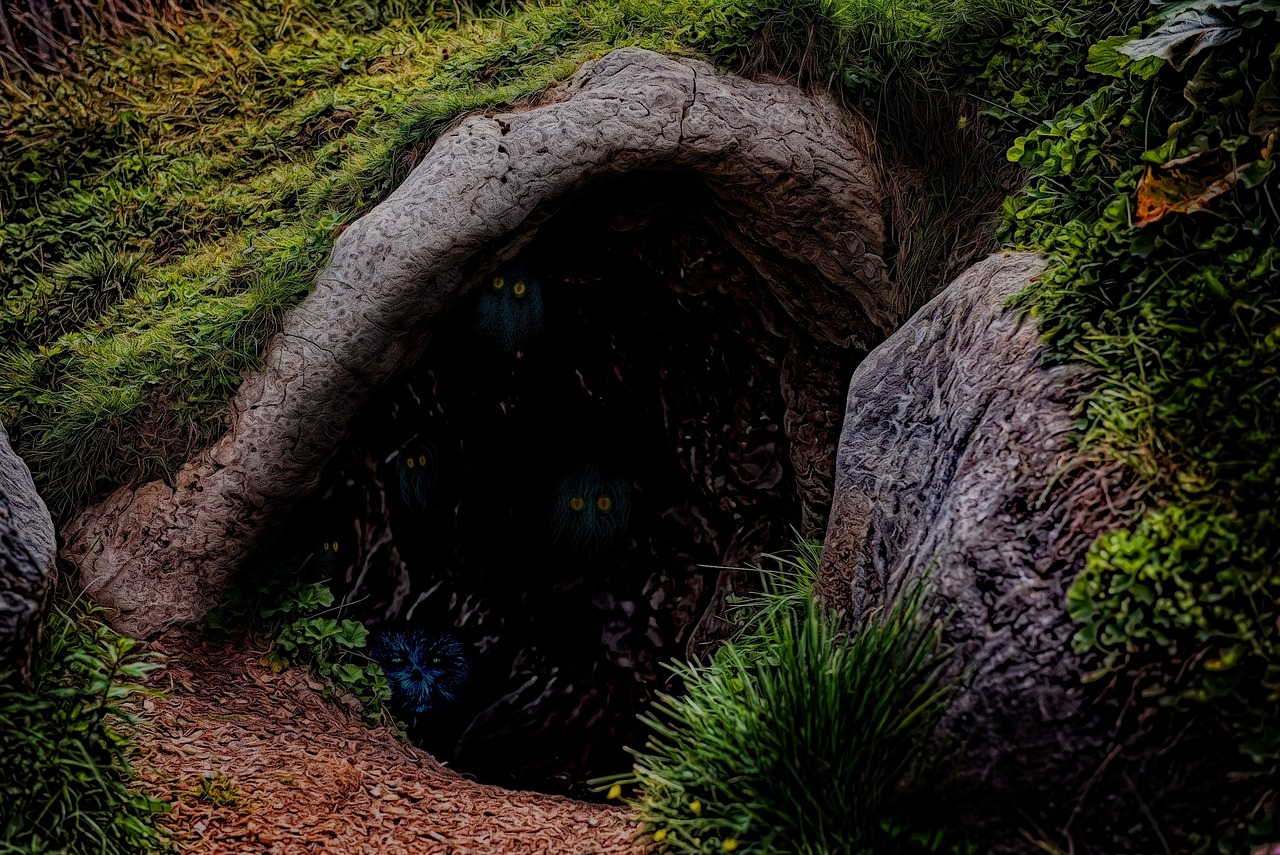
Understanding Fantasy Creatures
When we think about fantasy creatures, our minds often drift to the incredible worlds of imagination where the impossible becomes possible. These beings are not just figments of our creativity; they embody a rich tapestry of characteristics and traits that define their essence. Understanding what makes a fantasy creature truly fantastic is the first step in creating your own unique beasts. Think about it: what sets a dragon apart from a unicorn? Is it their physical appearance, their abilities, or perhaps their roles in stories? Each creature has a personality that resonates with its environment, and grasping this concept is crucial for any aspiring artist.
At the heart of every fantasy creature lies a blend of familiar and extraordinary traits. For instance, many mythical beasts borrow features from real animals, yet they amplify these characteristics to a fantastical level. A creature might have the body of a lion, but with the wings of an eagle and the tail of a serpent. This combination not only makes them visually striking but also allows them to embody various traits such as strength, agility, and mystique. Creating a compelling backstory for your beast can also enhance its personality, making it more relatable and intriguing to your audience.
Moreover, consider the symbolism behind your designs. Many fantasy creatures hold cultural significance and represent various themes. For example, dragons often symbolize power and wisdom, while fairies may represent freedom and mischief. By integrating these symbolic meanings into your designs, you can create creatures that resonate on a deeper level. Ask yourself: what does your creature represent? What emotions or ideas do you want it to evoke in those who view it? This reflective process can guide your artistic choices and elevate your creations.
To help you conceptualize your own fantastic beasts, here are some essential traits to consider:
- Physical Characteristics: Think about the size, shape, and unique features of your creature. Will it have scales, fur, or feathers?
- Abilities: What special powers or skills does your creature possess? Can it breathe fire, heal, or fly?
- Habitat: Where does your creature live? Is it in a mystical forest, a dark cave, or perhaps in the clouds?
- Behavior: What is its temperament? Is it friendly, fierce, or elusive?
By exploring these aspects, you can build a comprehensive understanding of your creature, allowing it to come alive on the page. Remember, the beauty of fantasy lies in its limitless possibilities. There are no strict rules, only guidelines to help you tap into your creativity. So, let your imagination run wild, and don’t be afraid to experiment with different traits and characteristics.
In summary, understanding fantasy creatures is about more than just their appearance; it’s about their essence, their stories, and the emotions they evoke. As you embark on your journey to create your own fantastic beasts, keep these principles in mind, and let your creativity flourish. After all, the world of fantasy is yours to shape!
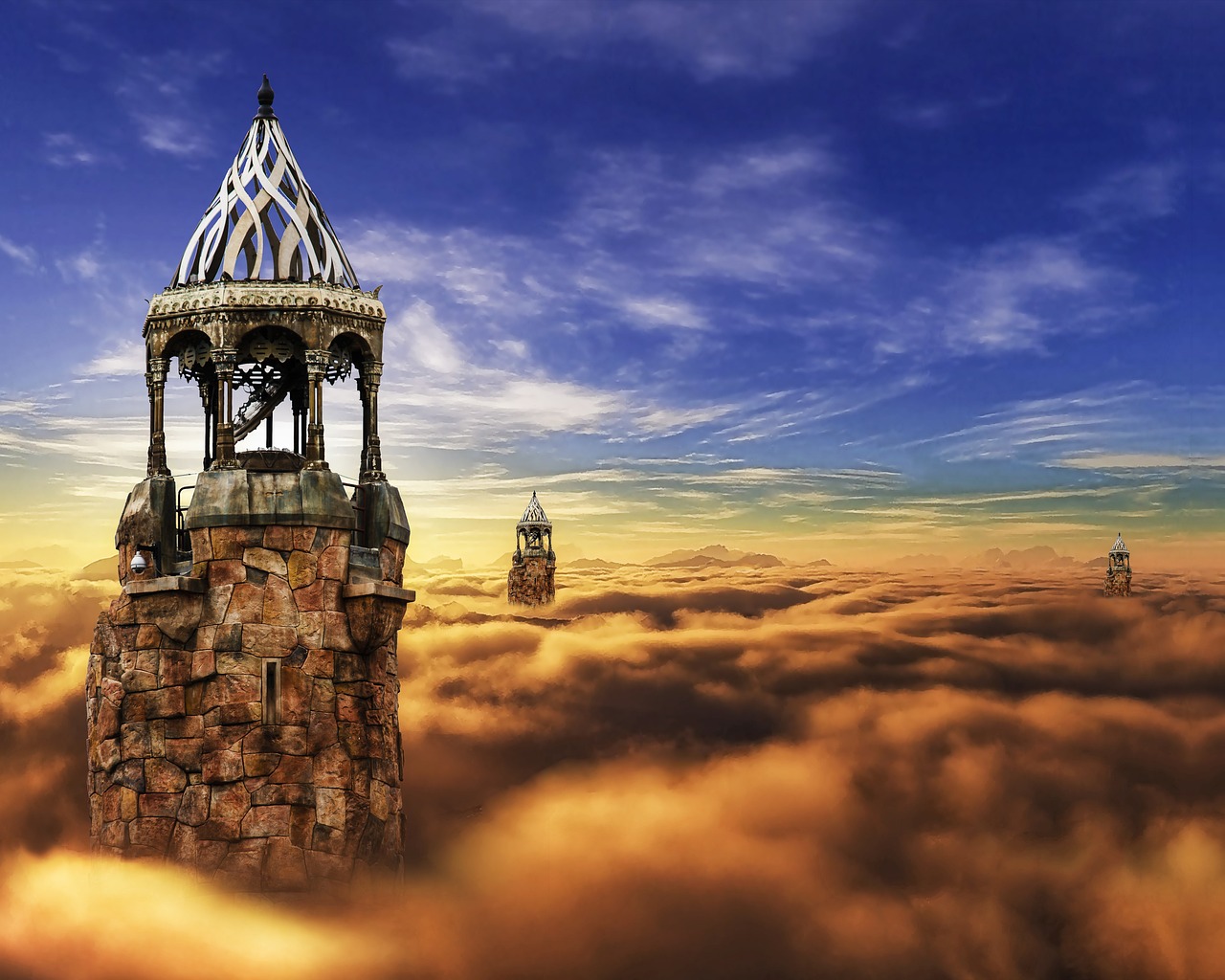
Gathering Inspiration
When it comes to creating your own fantastic beasts, gathering inspiration is like filling your creative toolbox with the right tools. Inspiration can come from a myriad of sources that spark your imagination and fuel your artistic journey. Think about it: have you ever walked through a forest and noticed the intricate patterns on a butterfly's wings or the majestic stance of a deer? Nature is a treasure trove of inspiration just waiting to be explored! By observing the world around you, you can infuse your designs with authenticity and depth.
But nature isn't the only place to find inspiration. Mythology and pop culture also play significant roles in shaping our understanding of fantasy creatures. From ancient tales of dragons soaring through the skies to modern interpretations of unicorns in movies, these stories can provide a rich backdrop for your creations. For example, when you think of a dragon, what comes to mind? Is it the fire-breathing behemoth from Western folklore or the wise, ancient creature from Eastern mythology? Each interpretation offers a unique perspective that can inspire your designs.
To help you in your quest for inspiration, consider the following sources:
- Nature: Observe animals in their habitats, noting their features, behaviors, and interactions.
- Mythology: Dive into the lore of various cultures, discovering the stories behind legendary creatures.
- Pop Culture: Watch movies, read books, and play games that feature fantasy creatures to see how they are portrayed.
- Art and Concept Art: Explore the work of other artists, especially concept art from films and video games, to see different design approaches.
As you gather inspiration, keep a sketchbook handy. Jot down ideas, doodle shapes, and note any interesting features that catch your eye. This sketchbook will become a valuable resource, allowing you to revisit your thoughts and refine your designs. Remember, inspiration is everywhere, and all it takes is a curious mind to discover it!
Finally, don’t underestimate the power of collaboration. Engaging with fellow artists can open up new avenues of thought and creativity. Join online forums, attend workshops, or participate in art challenges. Sharing your ideas and receiving constructive feedback can ignite new inspiration and push your artistic boundaries. After all, every great beast begins with a spark of creativity!
- Where can I find inspiration for my fantastic beasts? Inspiration can be found in nature, mythology, pop culture, and through the work of other artists.
- How do I keep track of my inspiration? Keeping a sketchbook is an excellent way to jot down ideas and sketches that inspire you.
- Should I collaborate with other artists? Absolutely! Collaboration can lead to new ideas and enhance your creativity.
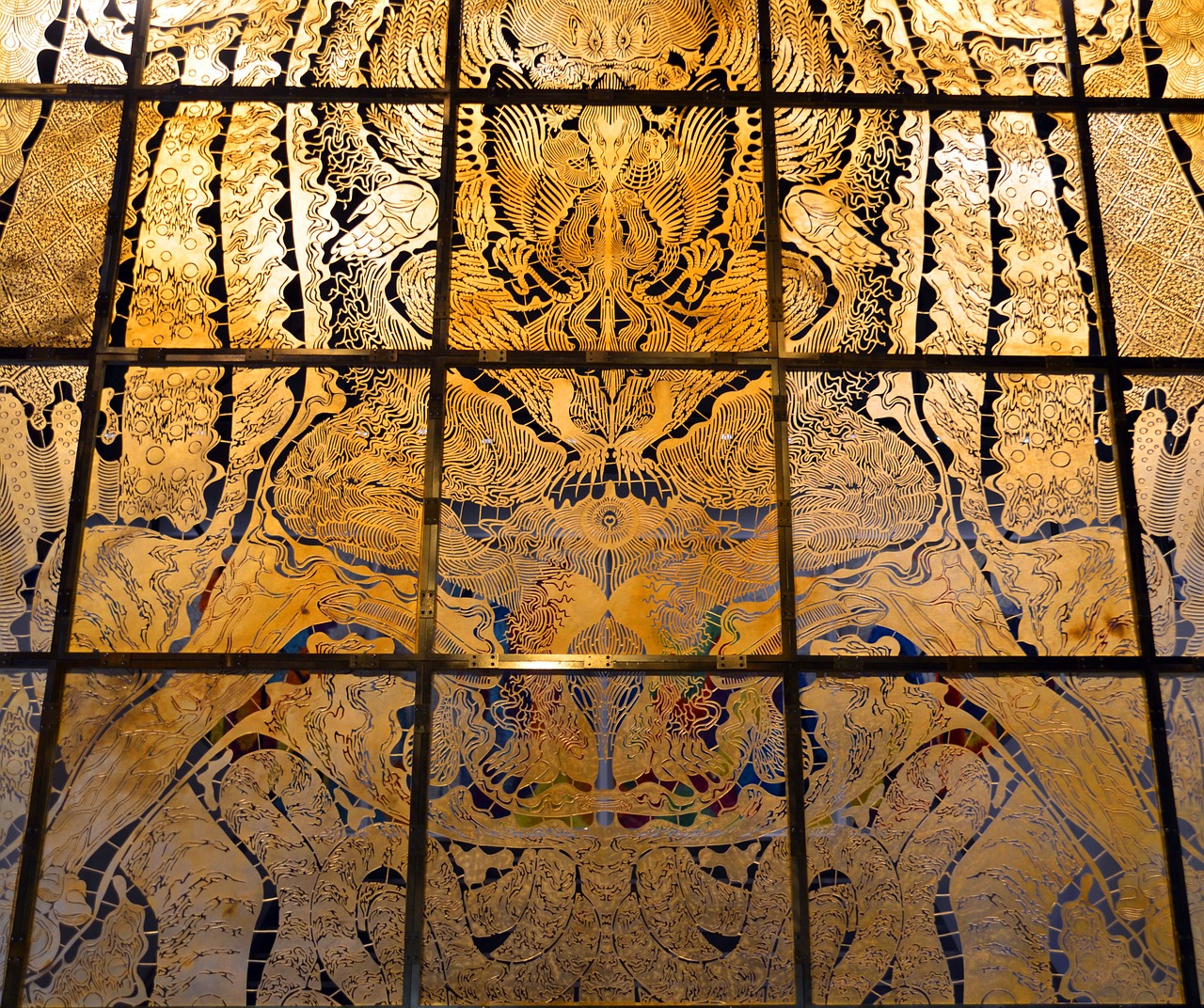
Researching Mythical Beasts
When it comes to creating your own fantastic beasts, diving into the world of mythical creatures can be both thrilling and enlightening. allows you to tap into a rich tapestry of lore, history, and cultural significance that can inform your artistic choices. Think of this research as your treasure map; it leads you to hidden gems of inspiration that can make your creations truly unique.
Start by exploring various cultures and their mythologies. Each region of the world has its own fascinating creatures, from the Chinese dragon that symbolizes power and strength to the Minotaur of Greek mythology, a creature that embodies the duality of human nature. Understanding these creatures not only enriches your designs but also adds layers of meaning to your artwork. You might find that a creature's lore can influence its physical attributes, behavior, or even its habitat.
For instance, consider the famous Griffin, a creature with the body of a lion and the head of an eagle. This combination symbolizes strength and wisdom, making it a popular choice in heraldry and art. By studying the characteristics of such creatures, you can create your own beasts with personality and flair. Ask yourself questions like: What traits do I want my creature to embody? How can I blend different animal features to create something new?
To further enhance your understanding, you can create a table that summarizes various mythical creatures, their origins, and key characteristics. Here’s a simple example:
| Creature | Origin | Key Characteristics |
|---|---|---|
| Dragon | Various cultures | Fire-breathing, scales, wings |
| Griffin | Greek | Body of a lion, head of an eagle |
| Chimera | Greek | Lion's body, goat's head, serpent's tail |
| Kraken | Scandinavian | Gigantic sea monster |
Additionally, don't overlook the importance of nature's influence. Observing real animals can spark ideas for your mythical beasts. For example, the majestic peacock's vibrant feathers might inspire a creature with iridescent scales, while the agility of a cheetah could lead to the design of a swift and elegant beast. Nature is a treasure trove of inspiration, so keep your eyes peeled!
Lastly, consider the role of concept art in your research. Many movies and video games feature intricate designs of mythical beasts that can serve as a springboard for your imagination. Study how artists interpret these creatures, focusing on the choices they make regarding form, color, and texture. This will not only inspire your own designs but also help you understand the principles of creature design in a modern context.
In conclusion, researching mythical beasts is a vital step in your artistic journey. By delving into the lore, studying cultural significance, and observing nature, you can create fantastic beasts that are not only visually stunning but also rich in meaning and personality. So grab your sketchbook, and let your imagination soar!
- What are some good sources for researching mythical creatures? Look into mythology books, documentaries, and online databases that focus on folklore and legends.
- How can I incorporate real animal features into my designs? Observe animals in nature, focusing on their anatomy, movement, and behaviors to inspire your creations.
- Is it necessary to stick to traditional designs of mythical creatures? Not at all! Feel free to reinterpret and innovate based on your research and imagination.
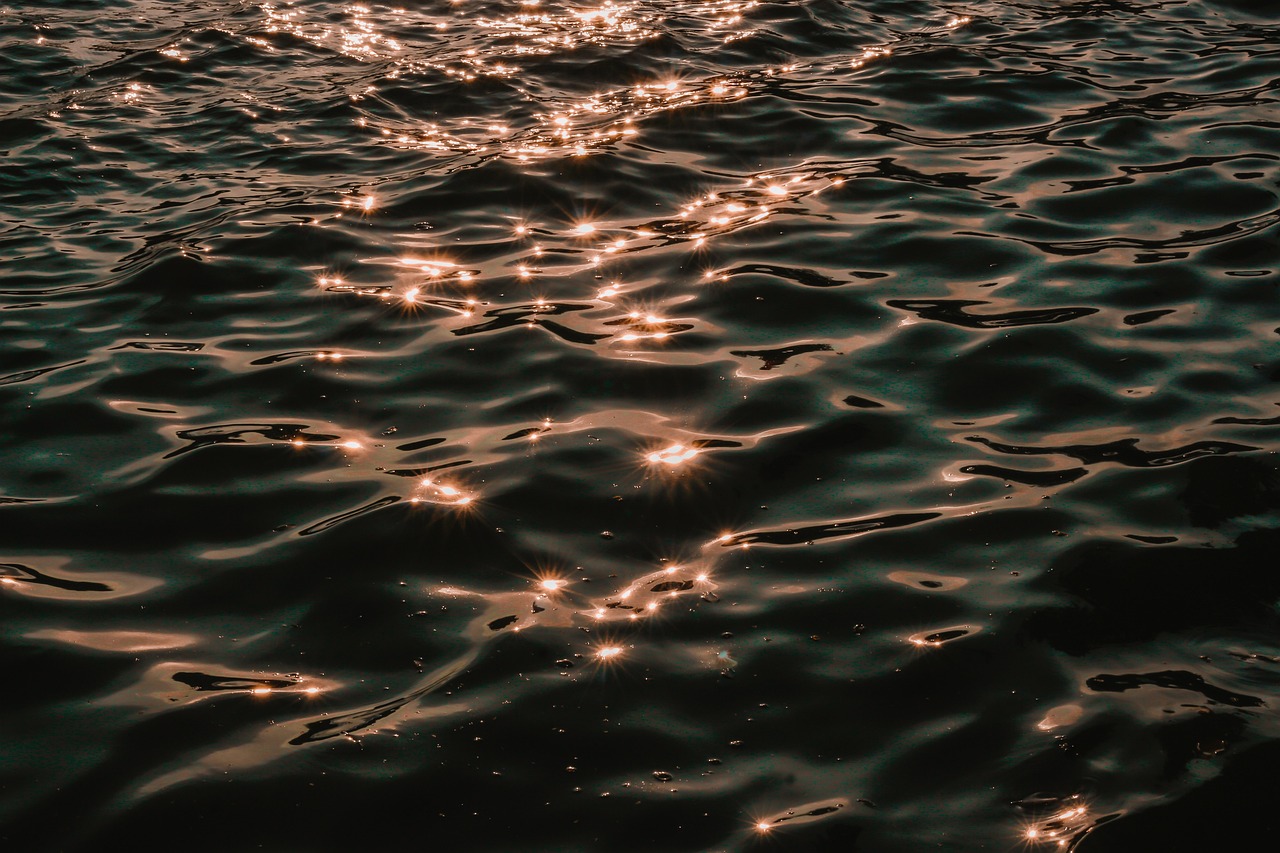
Famous Mythical Creatures
When it comes to mythical creatures, the world is brimming with fascinating beings that have captured our imaginations for centuries. These creatures often embody traits that reflect human fears, desires, and the mysteries of the natural world. Among the most famous mythical creatures are dragons, griffins, unicorns, and mermaids. Each of these beings carries a rich tapestry of stories and symbolism, making them not just subjects of art, but also powerful icons in various cultures.
Take, for instance, the dragon. This legendary creature can be found in the folklore of many cultures, from the fire-breathing beasts of European tales to the wise, benevolent dragons of Asian mythology. Dragons often symbolize strength, power, and wisdom, making them a popular choice for artists looking to convey a sense of grandeur and mystique. They can be depicted in various forms, from scaly, winged giants soaring through the skies to smaller, more playful versions that might curl around a treasure hoard.
Next, we have the griffin, a majestic creature that combines the strength of a lion and the grace of an eagle. Historically, griffins were seen as guardians of treasures and sacred sites, embodying both courage and nobility. Artists often depict griffins perched majestically atop cliffs or soaring through the clouds, showcasing their powerful wings and fierce demeanor. The blend of animal features allows for creative interpretations, inviting artists to experiment with textures and forms.
The unicorn is another iconic mythical creature, often associated with purity and grace. With its single spiraled horn and horse-like body, the unicorn symbolizes beauty and the unattainable. In art, unicorns are frequently depicted in lush, enchanted forests, surrounded by vibrant flowers and magical light. They resonate with themes of dreams and innocence, providing a stark contrast to the more fearsome dragons and griffins.
Lastly, we can't forget about the enchanting mermaid, a creature that has fascinated humanity for ages. With the upper body of a human and the tail of a fish, mermaids embody the allure and mystery of the ocean. They are often portrayed as beautiful and enchanting beings, luring sailors with their songs. In art, mermaids can be depicted in a variety of settings, from rocky shorelines to underwater kingdoms, allowing for rich color palettes and intricate details in their scales and hair.
Understanding these famous mythical creatures not only enriches our artistic endeavors but also deepens our appreciation for their cultural significance. By studying their features, stories, and the emotions they evoke, you can infuse your own creations with layers of meaning and personality. So, whether you choose to draw a fierce dragon or a graceful unicorn, remember that each stroke of your pencil can bring these legendary beings to life in your unique style.
- What are some tips for drawing mythical creatures? Start with basic shapes, research their features, and experiment with different styles to find your unique approach.
- Where can I find inspiration for my designs? Look into mythology, nature, and concept art from games and movies to spark your creativity.
- How can I improve my coloring techniques? Practice selecting harmonious color palettes and study shading techniques to add depth to your artwork.
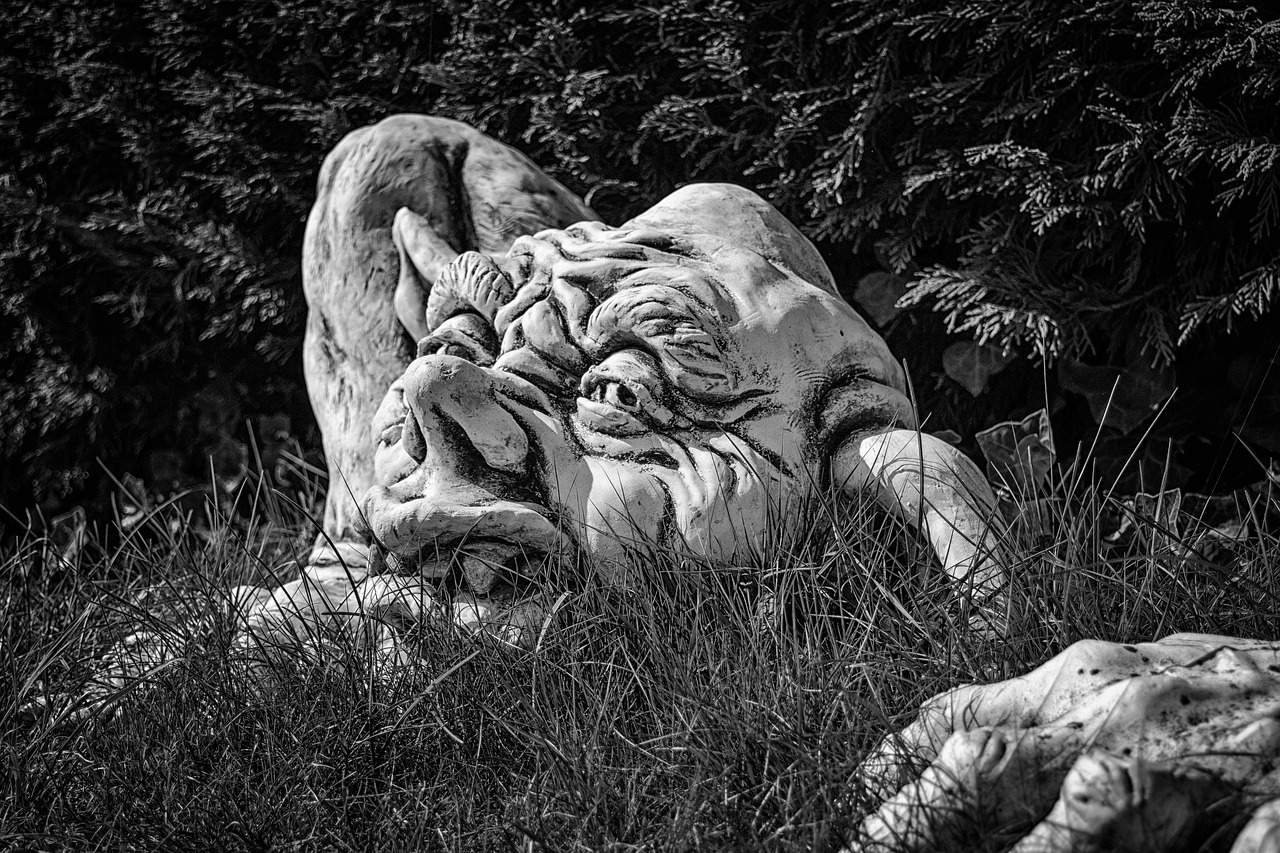
Nature's Influence
When it comes to drawing fantastic beasts, one of the most enriching sources of inspiration lies right outside your door—nature itself! Observing real animals can open up a treasure trove of ideas and details that can breathe life into your creations. Think about it: the elegance of a gazelle, the ferocity of a tiger, or the whimsical nature of a butterfly can all serve as building blocks for your imaginative creatures. By studying the anatomy, movements, and behaviors of these animals, you can incorporate their unique traits into your designs, creating beasts that feel both fantastical and grounded in reality.
For instance, consider the way a bird's wings are structured. The intricate feather arrangement and the way they catch the light can inspire the wing design of a dragon or a mythical bird. Similarly, the muscular build of a large cat can inform the body structure of a fierce beast, lending an air of authenticity to your artwork. Nature provides a vast array of textures, colors, and forms that can enhance the depth and realism of your drawings.
To illustrate this, here’s a simple table showcasing some animals and the characteristics you might borrow from them:
| Animal | Inspiration for Beasts |
|---|---|
| Horse | Graceful movement and powerful legs for a majestic creature. |
| Octopus | Flexibility and unique skin textures for an otherworldly beast. |
| Peacock | Vibrant colors and elaborate feather patterns for a visually stunning design. |
| Wolf | Pack behavior and keen senses for a cunning, intelligent creature. |
As you sketch, don’t just replicate what you see; instead, let your imagination take flight! Combine features from different animals to create something entirely new. Maybe you want to fuse the body of a lion with the wings of an eagle, or perhaps you envision a creature with the scales of a fish and the legs of a horse. The possibilities are endless!
Additionally, consider the environments these animals thrive in. The habitat can greatly influence the design of your creature. For example, a beast that lives in a dense forest might have camouflage patterns, while one from a desert might showcase vibrant colors to reflect the heat. By paying attention to both the animals and their surroundings, you can create creatures that not only look fantastic but also tell a story through their designs.
So, next time you’re feeling stuck, step outside or visit a local zoo. Take a moment to observe and appreciate the beauty of nature. You might just find the spark you need to create your next fantastic beast!
- How can I start drawing my own fantastic beasts? Begin by sketching basic shapes and gradually add details, inspired by real-world animals.
- What if I don't have artistic experience? Don't worry! Everyone starts somewhere. Practice regularly, and you'll see improvement over time.
- Can I use digital tools for drawing? Absolutely! Digital art can enhance your creative process with various tools and effects.
- Where can I share my artwork? Consider platforms like Instagram, DeviantArt, or art communities on Reddit to showcase your creations and receive feedback.
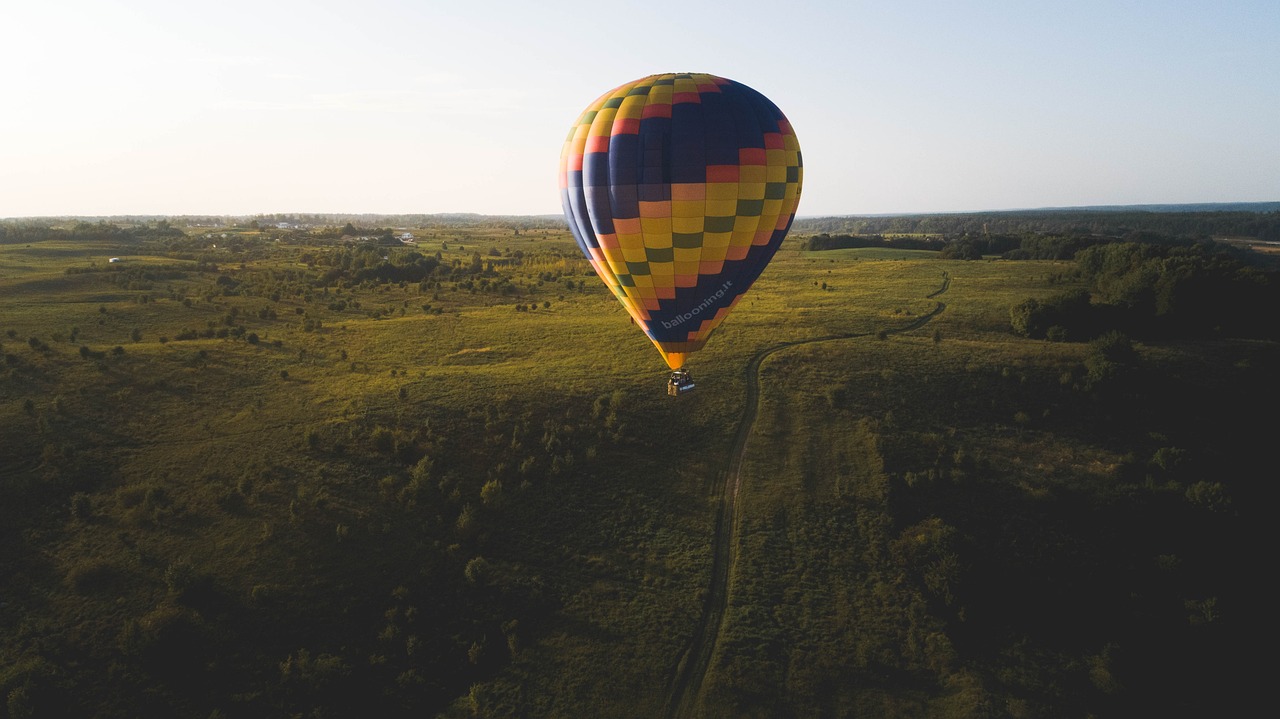
Using Concept Art
Concept art is an essential tool for any artist looking to create fantastic beasts. It serves as a visual guide that helps you translate your imaginative ideas into tangible designs. By studying concept art, you can gain insights into the design principles that make creatures visually appealing and believable. Think of it as a treasure map leading you to the hidden gems of creativity!
When you immerse yourself in concept art, you’ll notice how artists use shapes, colors, and textures to convey the essence of their creatures. This is where you can learn the nitty-gritty of character design. For example, consider how a dragon might be depicted with sharp angles to emphasize its fierce nature, while a gentle creature like a unicorn might have softer, rounded shapes. These choices are not random; they reflect the character and personality of the beast.
To effectively utilize concept art in your own work, follow these steps:
- Analyze Different Styles: Look at various artists' interpretations of similar creatures. What elements do they share? How do they differ? This analysis can spark new ideas and help you develop your unique style.
- Break Down the Art: Take a closer look at the anatomy, proportions, and poses in concept art. Understanding these fundamentals will empower you to create more dynamic and engaging designs.
- Experiment with Your Own Concepts: Don’t just replicate what you see. Use the inspiration from concept art to sketch your own versions of fantastic beasts, incorporating the techniques you’ve learned.
Additionally, consider the context of the concept art. Many times, creatures are designed with specific environments in mind. A beast that thrives in a lush forest will have different features compared to one that roams the arid desert. By understanding the habitat, you can add layers of realism to your designs, making them more relatable and engaging.
Moreover, concept art can also help in storytelling. Each creature has a backstory that can be reflected through its design. For instance, a creature with battle scars might tell a tale of survival, while one adorned with flowers could signify peace and harmony. These narrative elements can elevate your artwork from mere illustrations to compelling stories.
Finally, don’t forget the power of digital tools. Many artists now create concept art using software that allows for easy experimentation with colors, textures, and forms. Programs like Adobe Photoshop or Procreate can be invaluable in this process, enabling you to iterate quickly and refine your designs. So, embrace technology and let it enhance your creative journey!
In conclusion, leveraging concept art is not just about copying; it's about understanding the principles behind great design, experimenting with your own ideas, and telling a story through your fantastic beasts. So grab your sketchbook, dive into the world of concept art, and let your imagination soar!
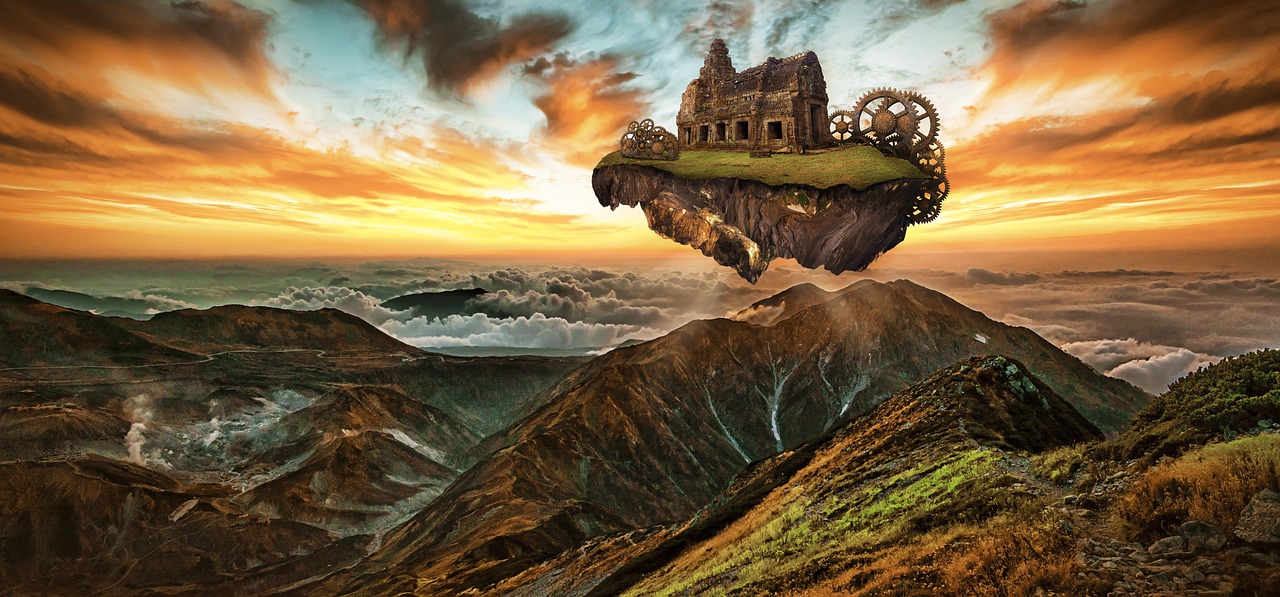
Sketching Your Beasts
When it comes to bringing your fantastic beasts to life, sketching is where the magic truly begins. It's like laying the foundation for a grand castle; without a solid base, the structure can crumble. So, grab your pencil and let’s dive into the essential techniques that will help you transform your imaginative ideas into tangible forms. First, we need to understand the significance of basic shapes. Think of every creature as a collection of simple forms—spheres, cubes, and cylinders. By starting with these shapes, you can build a strong framework that allows for accurate proportions and dynamic poses.
Once you have your basic shapes in place, it’s time to refine your sketch. This is where creativity takes the reins! Begin to add details that reflect the personality and characteristics of your beast. Is it fierce like a dragon or whimsical like a fairy? Use the following techniques to enhance your sketches:
- Dynamic Poses: Consider the action or mood of your creature. A beast in mid-flight will have a different posture than one lounging lazily in the sun.
- Facial Expressions: Capture the emotion of your creature with expressive eyes and mouth shapes. This adds depth and connection to your audience.
- Unique Features: Incorporate distinctive traits such as horns, wings, or scales that set your creature apart from others.
As you sketch, don't be afraid to experiment! A good artist knows that the first draft is just that—a draft. Feel free to erase and redraw until you achieve a look that resonates with your vision. Remember, every great masterpiece started as a rough sketch. The key is to keep iterating until you find that sweet spot where your imagination meets the paper.
After you've laid down the details, it’s time to think about textures. Adding textures can breathe life into your sketches, making them feel more tactile and real. Consider how the skin of your creature might appear—smooth, scaly, or furry? Use varied line work and shading techniques to depict these textures effectively. For instance, short, quick strokes can mimic fur, while long, flowing lines can represent sleek scales.
Finally, don’t forget the importance of light and shadow in your sketches. Understanding how light interacts with your creature will add volume and realism, making your beast leap off the page. Use shading to create depth, emphasizing the curves and angles of your creature’s form. This is where your beast begins to take on a three-dimensional quality, inviting viewers to explore every nook and cranny of your creation.
In summary, sketching your fantastic beasts is a delightful journey that combines basic shapes, creativity, and attention to detail. By practicing these techniques, you’ll be well on your way to creating unique and captivating creatures that showcase your artistic flair. Now, let’s move on to coloring techniques that will truly bring your beasts to life!
Q: What materials should I use for sketching?
A: You can start with a simple pencil and paper. As you progress, consider using fine liners or colored pencils for more detail.
Q: How do I know if my proportions are correct?
A: Use reference images and practice measuring proportions using basic shapes. It helps to compare your sketch with real animals or other references.
Q: Is it okay to erase and redraw?
A: Absolutely! Sketching is all about experimentation. Don’t hesitate to erase parts that don’t work and try again.
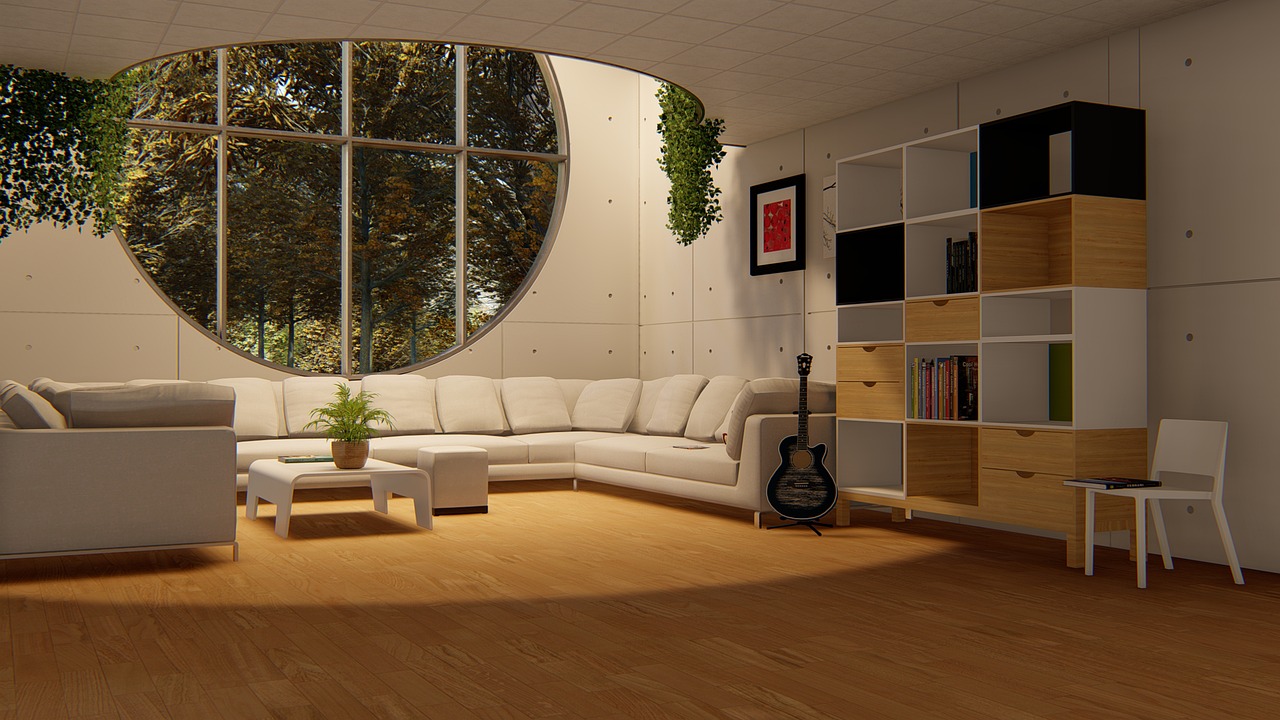
Basic Shapes and Forms
When it comes to drawing fantastic beasts, understanding basic shapes and forms is crucial. Think of your favorite creature—whether it's a dragon soaring through the sky or a whimsical unicorn prancing through a meadow. At their core, these intricate designs are built upon simple geometric shapes. By breaking down your creature into these fundamental components, you can create a solid foundation that will lead to more accurate and fluid designs.
Start with the essentials: circles, squares, triangles, and rectangles. These shapes are the building blocks of your creature. For instance, a dragon's body might begin as a long oval for its torso, while its head could be a circle. The wings might start as triangles, and the legs could be represented by rectangles. This method not only simplifies the drawing process but also keeps your proportions in check. Remember, even the most complex creatures can be distilled into basic forms!
Once you have your basic shapes laid out, it's time to refine them. Use lines to connect and modify these shapes, creating a more cohesive structure. This is where the magic happens; you’ll start to see your fantastic beast take shape. Don’t be afraid to adjust the proportions as you go along—maybe the head needs to be a bit larger, or the legs a tad shorter. This iterative process is key to developing your own unique style.
To illustrate the importance of basic shapes, consider the following table that outlines common creatures and their foundational shapes:
| Creature | Basic Shapes |
|---|---|
| Dragon | Ovals (body), Circles (head), Triangles (wings) |
| Unicorn | Ovals (body), Circles (head), Rectangles (legs) |
| Griffin | Ovals (body), Circles (head), Triangles (beak and wings) |
As you progress, you’ll find that these shapes not only help with structure but also with dynamic poses. When sketching, consider how your creature will move. Will it leap gracefully or lumber heavily? Use your basic shapes to guide the positioning of limbs and the angle of the body, ensuring that your creature feels alive and full of personality.
Finally, don’t forget that practice makes perfect! The more you work with these basic shapes, the more intuitive the process will become. So grab your sketchbook and start experimenting. Before you know it, you’ll be creating fantastic beasts that are not only visually engaging but also uniquely yours!
- What are the best shapes to start with when drawing? Start with basic shapes like circles, ovals, rectangles, and triangles to build a solid foundation.
- How do I know if my proportions are correct? Continuously compare different parts of your creature to each other, adjusting as necessary to maintain balance and realism.
- Can I use digital tools to help with shapes? Absolutely! Digital art software often has shape tools that can help you create the basic forms before refining them.
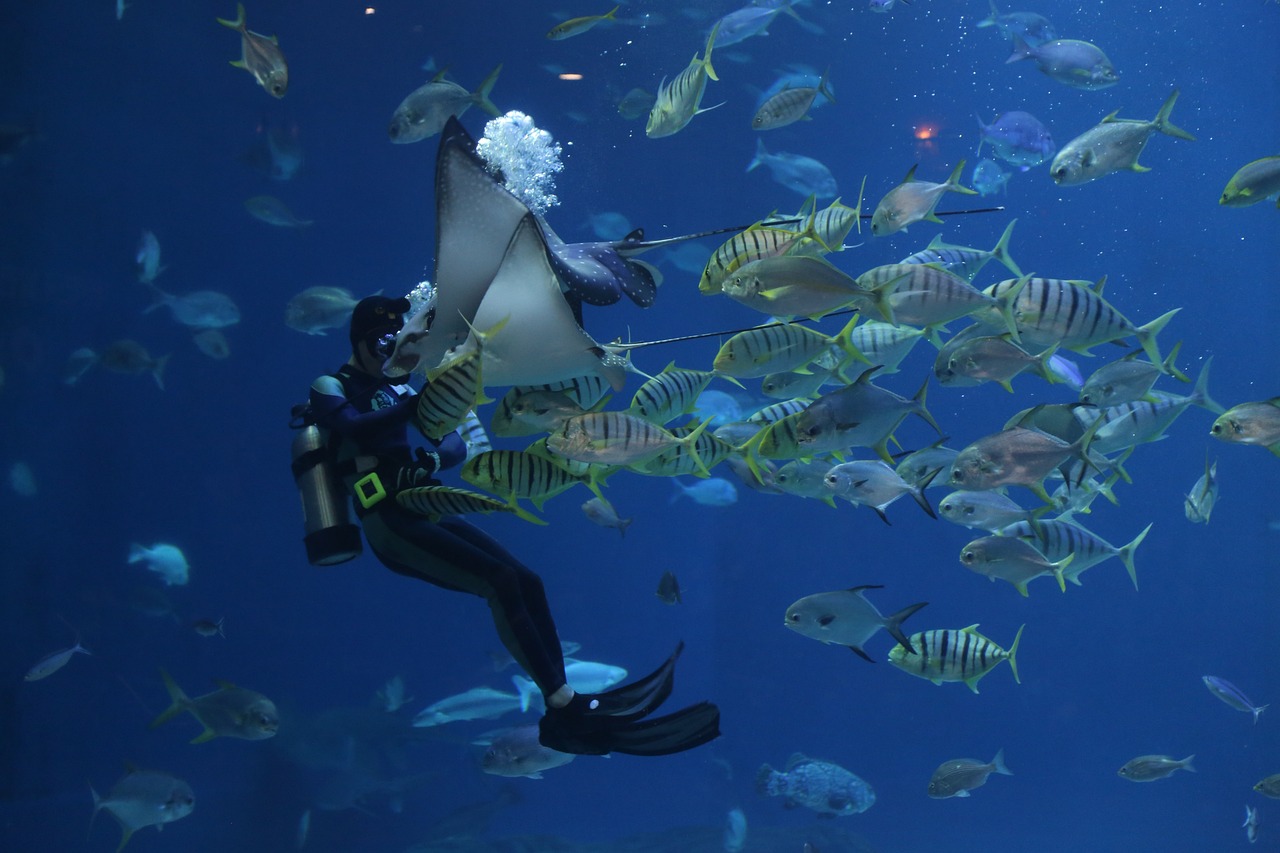
Adding Details and Textures
When it comes to bringing your fantastic beasts to life, the magic truly lies in the details. Adding intricate features and textures can transform a simple sketch into a captivating creature that jumps off the page. Think of it like seasoning a dish; a little bit of spice can elevate the entire experience. So, how do you achieve that perfect balance of detail and texture in your drawings? Let's dive into some techniques that will help you enhance your artistic creations.
First off, consider the surface textures of your creature. Is it scaly like a dragon, furry like a mythical wolf, or perhaps smooth like a serpent? Each texture requires a different approach. For instance, if you're adding scales, you might want to use overlapping shapes to create that layered effect. You can start with a basic scale pattern and then refine it by adding shadows and highlights to give it depth. On the other hand, if your creature has fur, using short, quick strokes can simulate the softness and fluffiness of the fur, making it appear more lifelike.
Another essential aspect is the lighting. The way light interacts with your creature will significantly affect its appearance. Understanding where your light source is coming from will help you decide where to place shadows and highlights. For example, if your beast is illuminated from the left, the right side will naturally be darker. Use a combination of soft shading for gradual transitions and sharper highlights for areas that catch the light directly. This technique not only adds realism but also gives your creature a three-dimensional feel.
Don't forget about the emotional expression of your beast! Adding details to the eyes, mouth, and even body posture can convey a lot about its personality. Is your creature fierce and intimidating, or gentle and whimsical? For instance, a low, growling posture with narrowed eyes can suggest aggression, while a playful stance with wide eyes can indicate curiosity. Pay attention to these subtleties, as they can make your creature relatable and engaging.
Finally, consider using reference images to guide your detailing process. Whether it's a photograph of an animal or a piece of concept art, these references can provide insight into how to replicate textures and details accurately. You might even create a mood board filled with various textures and colors that inspire you. This way, you can draw upon a rich tapestry of ideas to inform your design.
In summary, adding details and textures is all about observation and practice. By focusing on surface textures, understanding lighting, conveying emotional expressions, and utilizing reference images, you can create fantastic beasts that are not only visually stunning but also bursting with personality. So grab your pencils and start experimenting—your next masterpiece is just a stroke away!
- What materials are best for adding details and textures?
Pencils, fine liners, and even digital tools can be effective. Experiment with different mediums to find what works best for your style.
- How do I know when to stop adding details?
Trust your instincts! If you feel like the creature is becoming overcrowded or losing its essence, it might be time to step back.
- Can I use textures from real animals in my designs?
Absolutely! Observing real animals can provide invaluable insights into how to create believable textures.
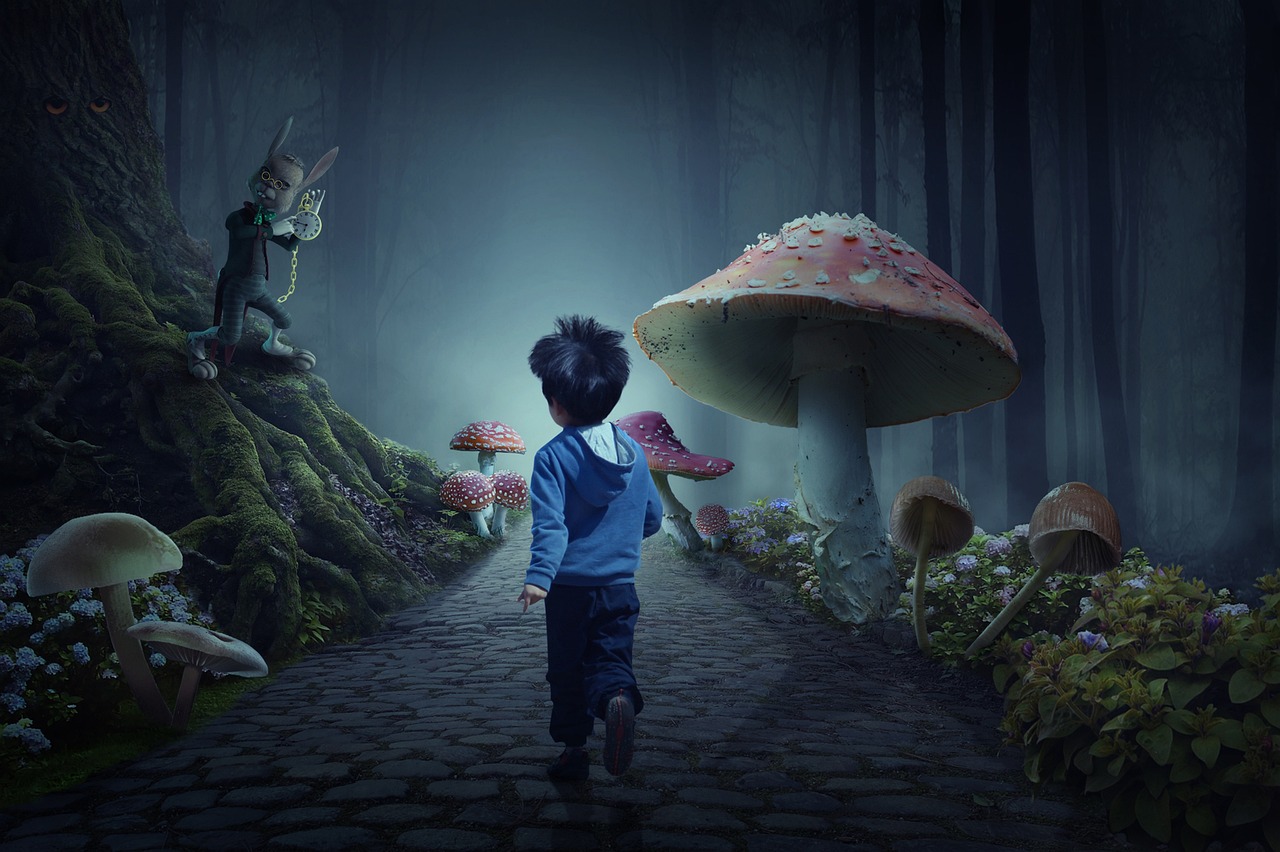
Coloring Techniques
When it comes to breathing life into your fantastic beasts, play a pivotal role. The way you apply colors can transform a simple sketch into a vibrant creature that jumps off the page. Whether you're using traditional mediums like watercolor and pencils or digital tools like Photoshop and Procreate, understanding the nuances of color application can elevate your artwork to new heights.
One of the first steps in coloring your beasts is to choose a color palette. A well-thought-out palette not only enhances the visual appeal of your creature but also reflects its personality and environment. For instance, a fiery dragon might benefit from a palette rich in reds and oranges, while a serene water spirit could shine in blues and greens. To help you get started, here’s a simple table showcasing different palettes based on creature types:
| Creature Type | Color Palette |
|---|---|
| Dragon | Red, Orange, Gold |
| Forest Creature | Greens, Browns, Earth Tones |
| Ocean Spirit | Blues, Turquoises, Whites |
| Mythical Beast | Pinks, Purples, Pastels |
After selecting your palette, the next step is to master shading and highlights. This is where the magic truly happens! Shading adds depth and dimension, making your creatures appear three-dimensional. You can achieve this by identifying your light source and applying darker shades on the opposite side to create shadows. Conversely, highlights should be added where the light hits your beast, using lighter shades to bring those areas to life. A simple rule of thumb is to think of how light interacts with objects in the real world – it’s all about contrast.
For those who prefer a more structured approach, consider using the layering technique. Start with a base coat of your main color, then gradually add layers of darker tones for shadow and lighter tones for highlight. This technique is particularly effective in digital art, where you can easily manipulate layers without affecting the base. Don’t be afraid to experiment! Sometimes, unexpected color combinations can yield stunning results.
Another technique to consider is blending. Whether you’re using colored pencils or digital brushes, blending can smooth out transitions between colors and create a more cohesive look. For traditional mediums, you can use tools like blending stumps or even your fingers to achieve this effect. In digital art, take advantage of soft brushes and opacity settings to create seamless gradients. This will help your beasts look more lifelike and dynamic.
Finally, don’t forget to add textures to your coloring. Textures can enhance the realism of your creatures and make them more visually interesting. For example, a scaly dragon could benefit from a textured approach to its skin, while a fluffy creature might require soft, feathery strokes. You can achieve texture through various methods, such as stippling, cross-hatching, or using textured brushes in digital programs. Remember, the goal is to make your fantastic beasts not just colorful, but also rich in detail.
In summary, coloring your fantastic beasts is an exciting journey filled with creativity and experimentation. By choosing a thoughtful color palette, mastering shading and highlights, layering colors, blending techniques, and adding textures, you can create stunning and dynamic creatures that captivate your audience. So grab your tools and let your imagination run wild!
- What tools do I need for coloring my beasts? You can use traditional mediums like colored pencils, markers, or watercolors, or digital tools like tablets and software such as Photoshop or Procreate.
- How do I choose the right color palette? Consider the personality and environment of your creature; use colors that reflect its traits and the mood you want to convey.
- What is the best way to practice shading? Start by observing light and shadow in real life, then practice applying those principles to your drawings.
- Can I use photos as references for coloring? Absolutely! Using references can help you understand color combinations and how light interacts with different surfaces.
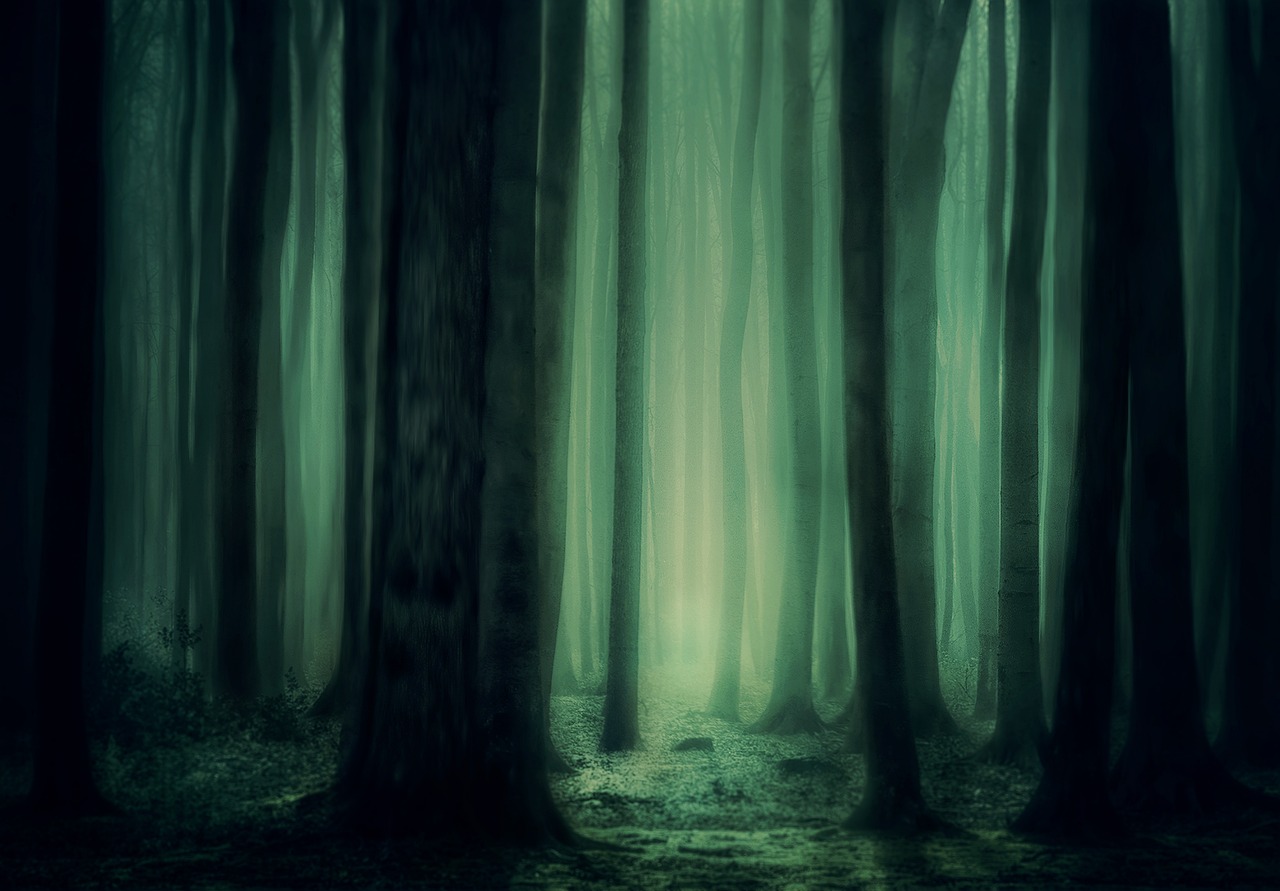
Choosing a Color Palette
When it comes to bringing your fantastic beasts to life, the color palette you choose can make all the difference. Think of your color palette as the personality of your creature—just like how a warm, earthy palette can evoke feelings of comfort and stability, a vibrant, contrasting palette can create an aura of excitement and energy. So, how do you go about selecting the perfect colors? Well, let’s dive into some essential tips!
First and foremost, consider the environment in which your creature resides. Is it a mystical forest, a fiery volcano, or perhaps a serene underwater world? The surroundings play a significant role in determining the colors you might want to use. For instance, if your beast is a creature of the ocean, you might want to incorporate shades of blue, teal, and sandy beige to reflect the aquatic environment.
Next, think about the mood you want to convey. Colors evoke emotions, and by selecting a palette that aligns with the feelings you want to express, you can enhance the overall impact of your artwork. For example:
- Warm Colors (reds, oranges, yellows) can convey energy and passion.
- Cool Colors (blues, greens, purples) often evoke calmness and serenity.
- Neutral Colors (browns, grays, whites) can ground your design and add sophistication.
Once you have a general idea of the environment and mood, it’s time to experiment! Don’t be afraid to play around with different combinations. You can use tools like color wheels or online palette generators to find harmonious color schemes. A good rule of thumb is to select a dominant color, a secondary color, and an accent color. This trio can create a balanced yet visually captivating design.
Additionally, consider the symbolism behind colors. For instance, green often symbolizes growth and nature, while red can signify danger or power. By incorporating symbolic colors, you can add layers of meaning to your beast, making it more than just a visual marvel. Think about how these colors can reflect the characteristics of your creature, enhancing its backstory and personality.
Finally, remember that the process of choosing a color palette is not set in stone. As you progress with your drawing, you might find that certain colors resonate more than others. Don’t hesitate to make adjustments; art is all about exploration and discovery. By staying flexible and open to change, you’ll find a palette that truly captures the essence of your fantastic beast.
Q: How many colors should I use in my palette?
A: While there’s no strict rule, a palette of 3 to 5 colors is often a good starting point. This allows for a cohesive look without overwhelming the viewer.
Q: Can I use colors that clash?
A: Absolutely! Sometimes, clashing colors can create a striking effect. Just make sure they serve a purpose in conveying the mood or theme of your creature.
Q: What tools can I use to select a color palette?
A: There are many online tools available, such as Adobe Color, Coolors, or Canva’s color palette generator, which can help you experiment with different combinations.
Q: Should I stick to realistic colors?
A: Not at all! Fantasy creatures offer the freedom to use imaginative colors. Feel free to explore unconventional palettes that excite your creativity.
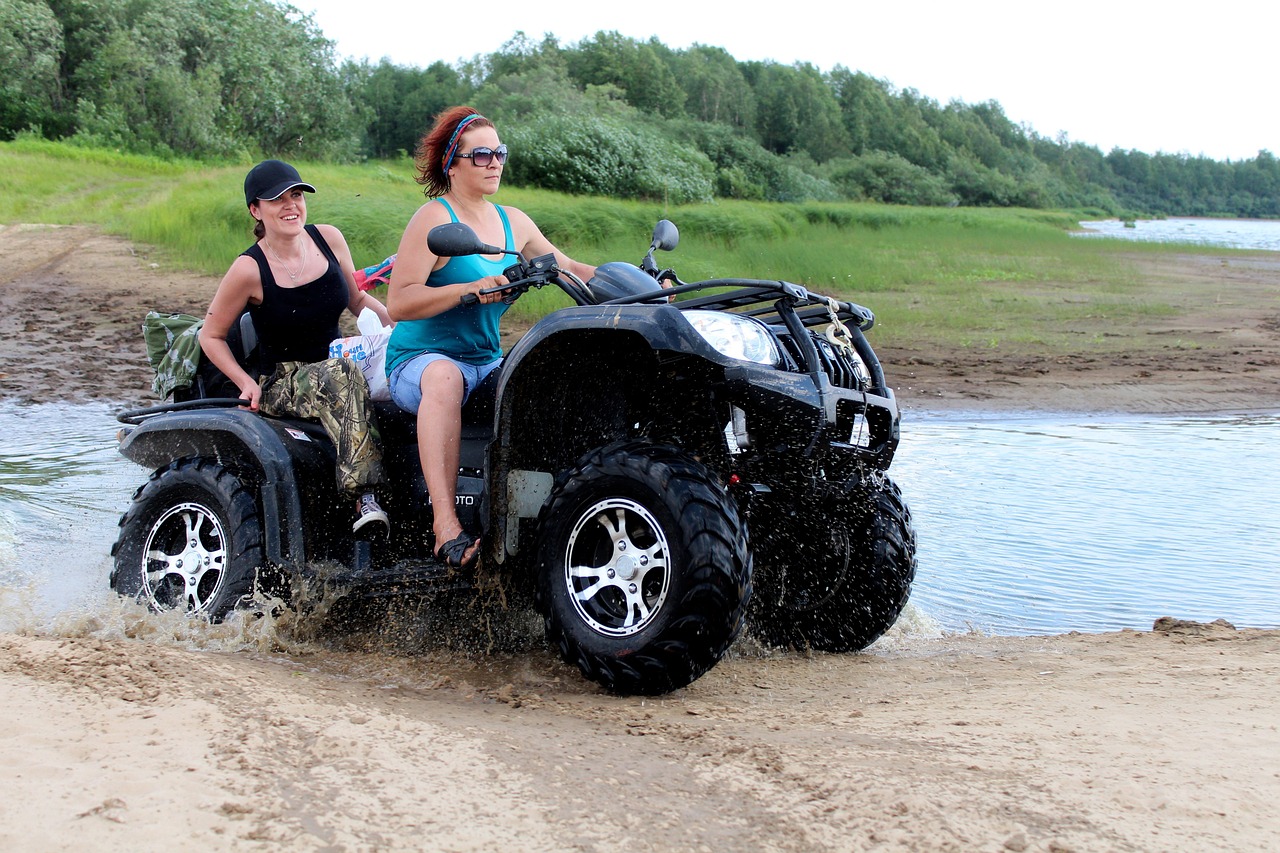
Shading and Highlights
When it comes to bringing your fantastic beasts to life, shading and highlights play a pivotal role in adding depth and dimension to your artwork. Think of shading as the tool that creates the illusion of volume; it helps your creatures pop off the page, making them feel more three-dimensional. Just like a sculptor chisels away at stone to reveal the form within, you too can use shading to enhance the contours and features of your beasts.
To start, consider the light source in your drawing. Where is the light coming from? This will dictate where the highlights and shadows fall. For example, if the light is coming from the left, the right side of your creature will naturally be darker, while the left side will be illuminated. It’s crucial to maintain consistency throughout your piece, as this will help create a cohesive look. But how do you achieve this effect? Let’s break it down:
- Use a Range of Tones: Don’t just stick to one shade of gray or one color. Experiment with a variety of tones to create depth. For instance, if your beast is green, try using dark green for shadows and a lighter, almost yellowish green for highlights.
- Blending Techniques: Whether you’re using pencils, markers, or digital tools, blending is key. For traditional mediums, you can use blending stumps or your fingers to smooth out harsh lines. In digital art, tools like the smudge brush can help achieve a seamless transition between colors.
- Layering: Build up layers gradually. Start with a base tone, then add shadows and highlights on top. This not only adds depth but also allows for more control over the final look of your creature.
Shadows can be soft or hard, depending on the light source and the texture of your beast's skin or fur. For instance, a creature with smooth, shiny skin might have very soft shadows, while a beast with rough, scaly skin would have more pronounced, hard shadows. Pay close attention to the materials you’re depicting; this will guide your shading technique and the kind of highlights you choose to include.
As you apply highlights, think about where the light would naturally catch on your creature. Areas such as the tops of the head, the edges of wings, or the tips of claws are prime spots for highlights. Remember, the goal is to create a sense of realism, so observe how light interacts with real-life objects. This observation will translate beautifully into your artwork.
Lastly, don’t be afraid to step back and assess your work from a distance. Sometimes, what looks good up close may not translate well from afar. Adjust your shading and highlights as needed to ensure your fantastic beast captures the viewer's attention and evokes a sense of wonder.
| Question | Answer |
|---|---|
| What is the best medium for shading? | It depends on your preference! Graphite pencils, charcoal, and digital tools all offer unique benefits for shading. |
| How can I practice shading? | Try drawing simple shapes and practice shading them with different light sources. This will help you understand how light interacts with form. |
| Should I use color for shading? | Absolutely! Colored shading can add vibrancy and depth to your artwork. Just ensure your colors complement each other. |
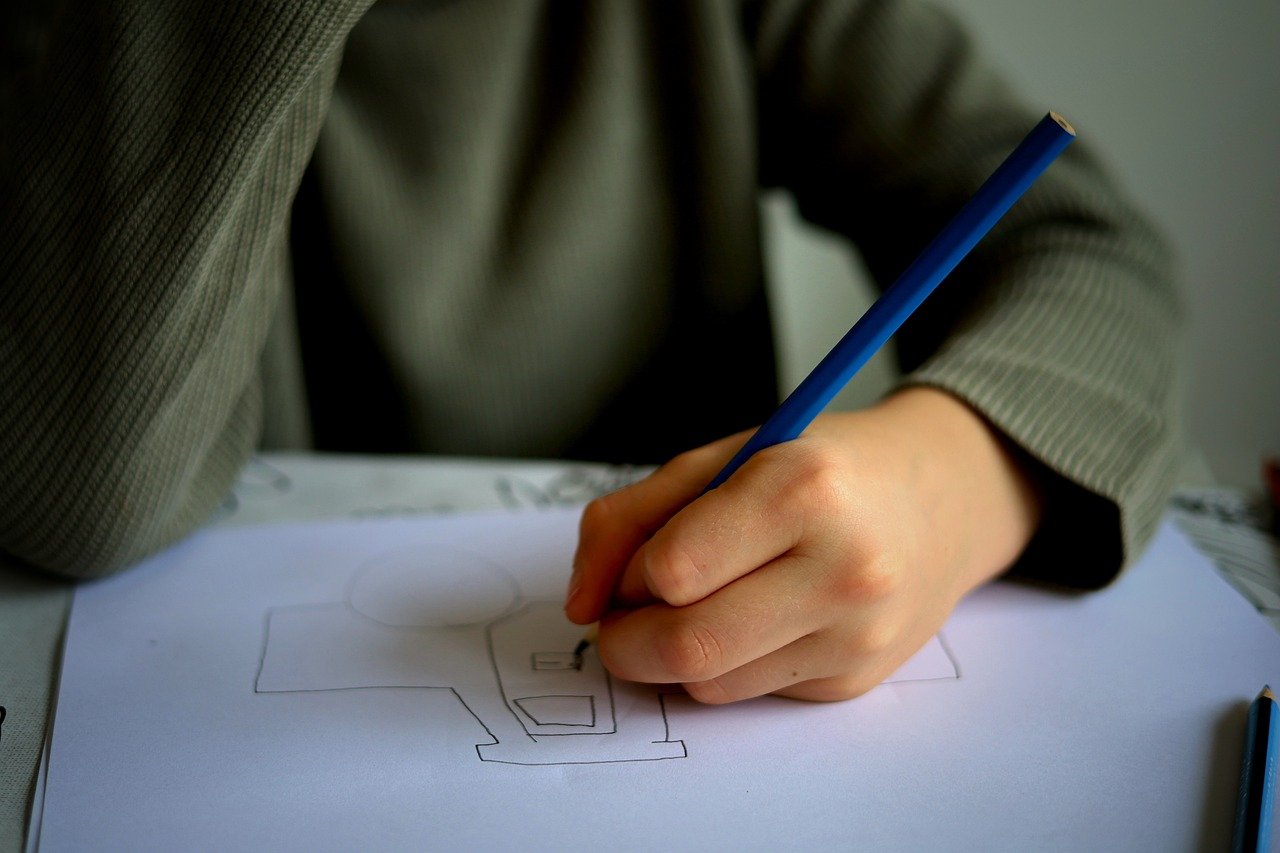
Finalizing Your Artwork
Finalizing your artwork is like putting the cherry on top of a beautifully crafted sundae. It’s that last crucial step that transforms your fantastic beasts from mere sketches into stunning visual masterpieces. This is where you take a moment to step back, evaluate your work, and make those final adjustments that will elevate your drawing to the next level. So, how do you go about ensuring your artwork is polished and ready for the world to see? Let’s dive in!
First and foremost, reviewing and editing your work is essential. Grab a fresh pair of eyes—whether it’s your own after a break or a friend’s—and look for areas that might need improvement. Ask yourself questions like, “Does this creature look balanced?” or “Are the colors working well together?” Sometimes, a small tweak can make a world of difference. For instance, adjusting the position of a limb or refining the texture can bring your beast to life in ways you hadn’t imagined.
Next, consider the presentation of your artwork. Are you planning to share it online, print it, or display it in a gallery? Each medium has its own requirements. For digital art, ensure that your resolution is high enough for clarity, while traditional pieces may benefit from proper framing or mounting. If you’re sharing your work on social media or art platforms, think about how to present it attractively. A well-lit photograph or a clean scan can make all the difference in how your work is perceived.
Once you’ve reviewed and polished your piece, it's time to share your creations with the world. With countless platforms available, you can choose to showcase your artwork on social media, art communities, or personal blogs. Each platform has its own audience and vibe, so consider where your fantastic beasts will shine the brightest. Engaging with fellow artists and enthusiasts can provide invaluable feedback and inspiration.
In addition to sharing, don’t forget to document your process. Taking photos or screenshots of your progress not only serves as a great way to showcase your skills but can also help you reflect on your growth as an artist. You might even consider creating a time-lapse video of your drawing process, which can be a captivating way to engage your audience.
Finally, embrace the journey of creating your fantastic beasts. Each piece is a stepping stone towards honing your craft. Whether you’re elated with the outcome or feel there’s room for improvement, remember that every artist faces challenges. Celebrate your successes, learn from your mistakes, and keep pushing your creative boundaries. Your unique vision deserves to be shared, so don’t hold back!
- What tools should I use for finalizing my artwork? Depending on your medium, tools can range from digital editing software like Photoshop to traditional tools like erasers and fine liners.
- How do I know when my artwork is finished? A good rule of thumb is to step away from your work for a bit. When you come back, if you feel satisfied with the overall look and it resonates with your vision, it’s likely finished.
- Where can I share my artwork for feedback? Platforms like DeviantArt, ArtStation, and social media sites such as Instagram and Twitter are great places to share your work and connect with other artists.
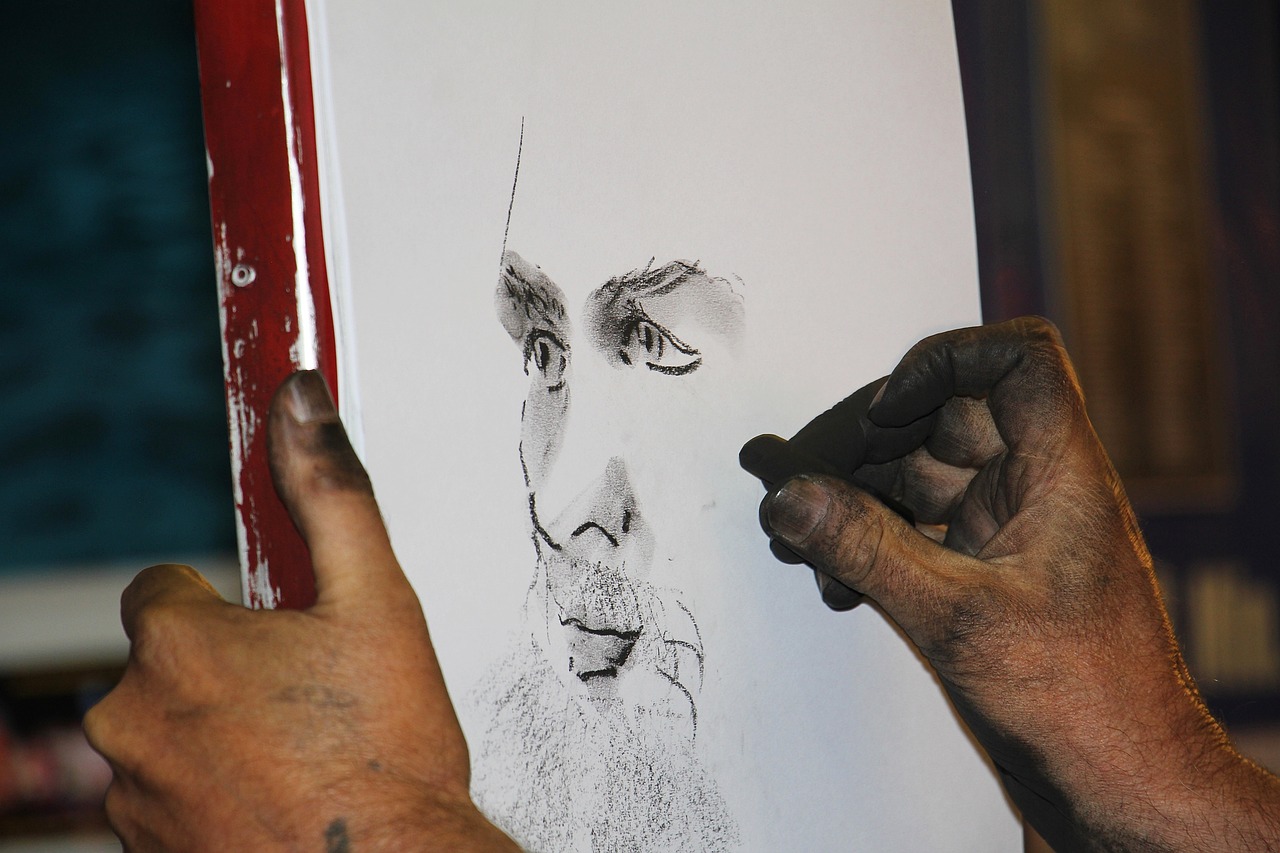
Reviewing and Editing
Once you’ve poured your heart and soul into your fantastic beast drawings, the next crucial step is the phase. Think of this as the polishing stage where you refine your creation to ensure it truly shines. Just like a sculptor chisels away at a block of marble to reveal a masterpiece, reviewing your artwork allows you to identify areas that need enhancement. So, how do you go about this? Let’s dive into some effective strategies.
First, it’s essential to take a step back and view your artwork with fresh eyes. This means giving yourself some time away from your creation—maybe a few hours or even a day. When you return, you’ll be better equipped to spot inconsistencies or elements that don’t quite work. It’s like stepping back to admire a painting from a distance; sometimes, the bigger picture can reveal flaws that are easy to miss up close.
Next, consider seeking feedback from fellow artists or friends. Sharing your work can be intimidating, but constructive criticism can be invaluable. You might be surprised by the insights others can provide. When asking for feedback, you might want to focus on specific aspects like:
- Composition and balance
- Color choices
- Detail work and textures
- Overall impact and originality
After gathering feedback, it’s time to make those necessary edits. This is where you can really let your creativity flow. Don’t be afraid to make bold changes; sometimes, a simple tweak can transform your artwork from good to extraordinary. For example, adjusting the color saturation or adding more intricate details can elevate your piece significantly. Remember, editing is not about erasing your original vision but enhancing it.
Moreover, when you’re editing, pay attention to the technical aspects of your drawing. Ensure that your lines are clean and that the proportions are accurate. If you’re working digitally, take advantage of layers to make adjustments without losing your original work. It’s like having a safety net—allowing you to experiment freely without the fear of making irreversible changes.
Finally, once you’re satisfied with the edits, it’s time to finalize your artwork. This could involve adding a signature, creating a high-resolution scan, or preparing your piece for display. Remember, the goal is to present your fantastic beast in the best light possible. After all the hard work you’ve put in, you want your creation to shine as brightly as it deserves!
Here are some common questions that aspiring artists often have regarding the reviewing and editing process:
- How do I know when my artwork is finished? Trust your instincts! If you feel satisfied and proud of your work, it might be time to call it done.
- Is it necessary to seek feedback? While it’s not mandatory, feedback can provide new perspectives that can help you improve.
- What should I focus on during the editing process? Concentrate on aspects like composition, color balance, and the overall impact of your artwork.
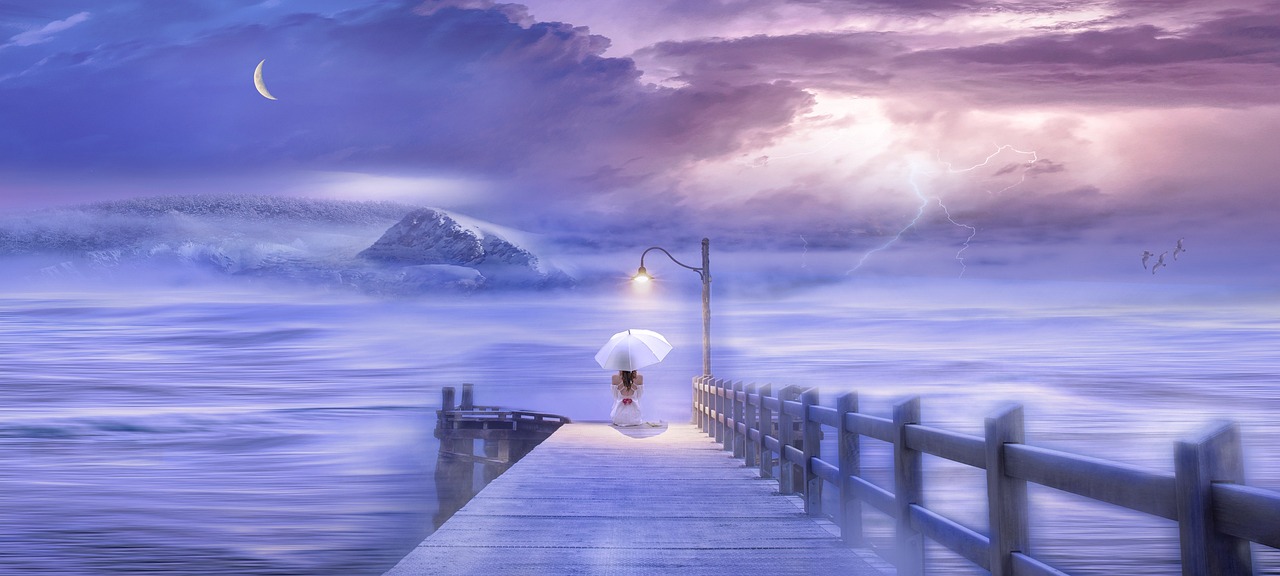
Sharing Your Creations
Once you’ve poured your heart and soul into creating your fantastic beasts, it’s time to share them with the world! The thrill of unveiling your artwork can be as exhilarating as the act of creating itself. But where should you start? The digital age offers a plethora of platforms where you can showcase your work, connect with other artists, and even gain valuable feedback. From social media to dedicated art communities, the options are vast!
First, consider using social media platforms like Instagram, Facebook, and TikTok. These platforms are visual-centric, making them perfect for artists. You can post your finished pieces, share progress shots, or even create time-lapse videos of your drawing process. Engaging with followers by responding to comments and participating in challenges can help build a community around your art. Here’s a quick breakdown of each platform:
| Platform | Best For | Tips |
|---|---|---|
| Visual storytelling | Use hashtags to reach a wider audience. | |
| Community building | Join art groups to share and receive feedback. | |
| TikTok | Creative videos | Make engaging content that showcases your process. |
Additionally, consider joining online art communities like DeviantArt, ArtStation, or Behance. These platforms are specifically designed for artists and provide a space to share your work in a more professional context. You can create portfolios, participate in contests, and even collaborate with other artists. Remember, the more you engage with others in these communities, the more visibility your work will gain!
Don't forget about the power of feedback. Sharing your creations isn't just about showing off; it's also about learning and growing as an artist. Ask for constructive criticism from fellow artists or friends. This feedback can be invaluable in refining your skills and enhancing your future creations. You might even consider hosting live drawing sessions on platforms like Twitch or YouTube, where viewers can watch your process in real-time and interact with you directly.
Lastly, consider creating a personal website or blog to showcase your artwork. This gives you complete control over how your creations are presented. You can write about your artistic journey, share tutorials, and even sell prints of your work. Platforms like Wix and Squarespace make it easy to set up a professional-looking site without needing extensive coding knowledge.
In conclusion, sharing your fantastic beasts with the world can be a rewarding experience. Whether you choose social media, art communities, or a personal website, the key is to engage with others and be open to feedback. So go ahead, let your imagination soar, and showcase your unique creations!
- What platforms are best for sharing my artwork?
Instagram, Facebook, and art-specific sites like DeviantArt and ArtStation are great options.
- How can I get feedback on my work?
Join online art communities, participate in forums, and ask friends or fellow artists for constructive criticism.
- Is it necessary to have a personal website?
While not necessary, having a personal website can help you showcase your work professionally and reach a wider audience.
- How can I engage with my audience on social media?
Respond to comments, participate in challenges, and share behind-the-scenes content to connect with your followers.
Frequently Asked Questions
- What materials do I need to start drawing fantastic beasts?
To get started, you don't need much! A simple sketchbook and a set of pencils will do the trick. If you want to add color, consider investing in some colored pencils, markers, or digital tools like a tablet and stylus. The key is to use what feels comfortable for you and allows your creativity to flow!
- How can I find inspiration for my creature designs?
Inspiration can come from anywhere! Look into mythology, nature, and even your favorite movies or games. Think about the unique traits of animals you love and how you can blend them with fantastical elements. Keeping a sketchbook handy to jot down ideas or doodle can also spark creativity when you least expect it.
- What are some tips for sketching dynamic poses?
When sketching, start with basic shapes to map out your creature's stance. Think about how they would move in real life. Use reference images of animals in action to understand their anatomy better. Adding movement lines can also help convey action and make your beasts come alive on the page!
- How do I choose the right color palette for my beasts?
Choosing a color palette is all about the mood you want to convey. Consider the environment your creature inhabits. For example, earthy tones work well for woodland creatures, while bright colors might suit a magical beast. Use a color wheel to find complementary colors that enhance your design and make it pop!
- What techniques can I use for shading and highlights?
Shading and highlights add depth to your drawings. Start by identifying your light source and applying shadows accordingly. Use a blending tool or your fingers to create smooth transitions. For highlights, think about where the light hits your creature and apply a lighter shade or even white to those areas for a striking effect!
- How can I improve my drawing skills over time?
Practice is key! Set aside time each day or week to draw. Don't be afraid to experiment with different styles and techniques. Joining online art communities can also provide valuable feedback and inspiration. Remember, every artist has their own journey, so be patient and enjoy the process!
- Where can I share my fantastic beast creations?
There are tons of platforms to showcase your art! Social media sites like Instagram and Twitter are great for sharing images and connecting with other artists. You can also explore art-specific communities like DeviantArt or ArtStation. Sharing your work not only boosts your confidence but also opens doors to feedback and collaboration!



















